-
Exoplanet WASP 107b is a gas giant almost as large as Jupiter but much less massive.
-
Based on this discrepancy, astronomers did not know how a planet like WASP 107b could exist.
-
But now two independent teams of researchers have harnessed the power of JWST to solve the mystery.
There’s a planet in our cosmic neighborhood, some 210 light-years away, beyond our solar system, that has defied scientific explanation for years. Its name is WASP 107b.
Now, two different teams of astronomers think they have found the solution, but it has raised a number of new questions that will require further investigation.
WASP 107b: Exoplanet that shouldn’t exist
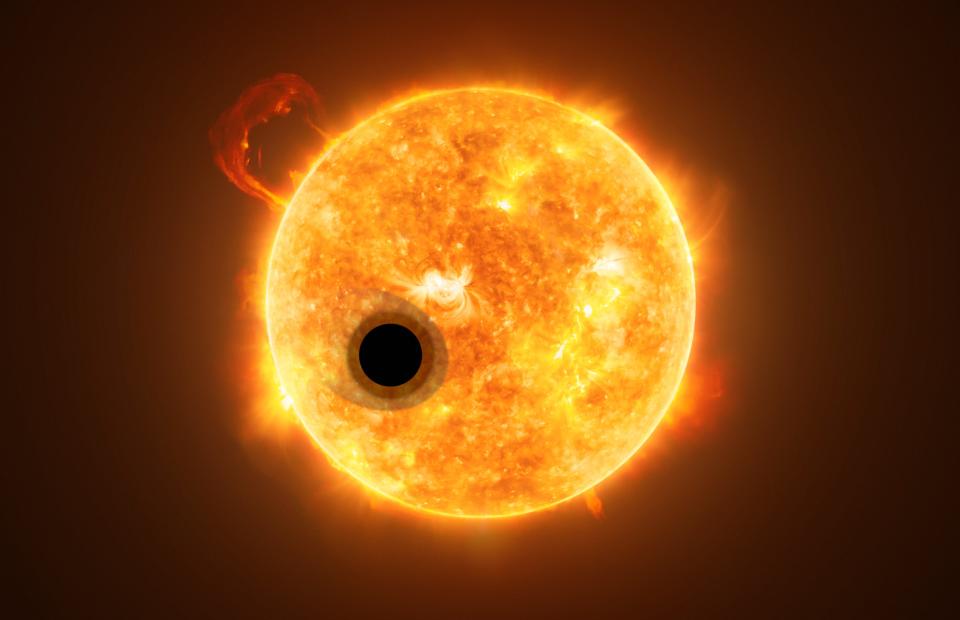
Astronomers first detected this unusual exoplanet in 2017.
Its initial observations suggested that WASP 107b is as large in size as Jupiter but has 10 times less mass, earning it the nickname “super puff” like fluffy marshmallow or fluffy cotton candy.
For years, experts have tried to understand how such a planet could grow so large in diameter but remain so light in mass. As far as scientific models are concerned, the exoplanet should not exist.
“People are starting to bend over backwards to figure out how to create such a planet,” David Sing, Bloomberg distinguished professor at Johns Hopkins University, told Business Insider.
Typically planets expand just like humans. The more matter they consume, the larger and more massive they become. Therefore, if this exoplanet were as large as astronomers observed, its mass should not be so low.
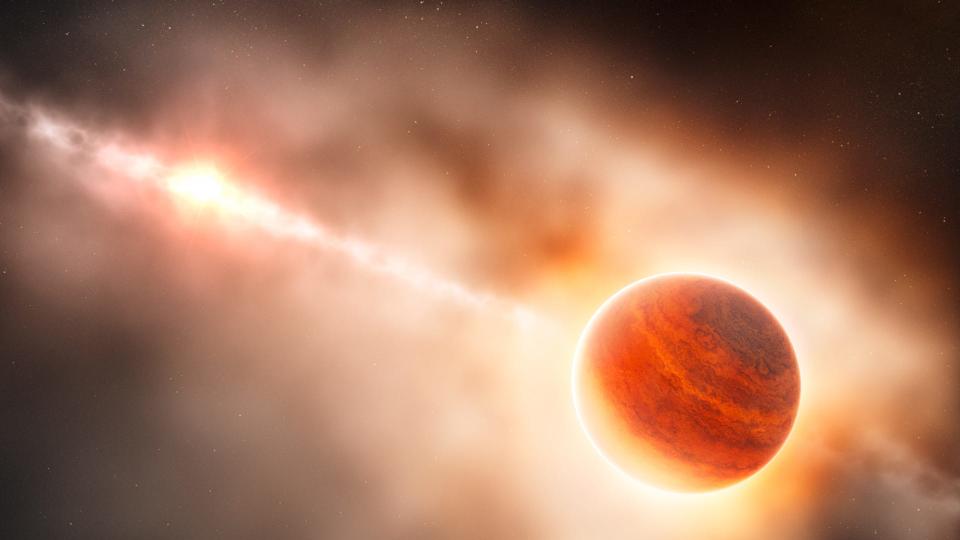

“WASP 107b is an outlier among outliers,” said Luis Welbanks, a NASA Sagan postdoctoral researcher at Arizona State University.
Now, thanks to the James Webb Space Telescope, two separate research teams, one led by Sing and the other by Welbanks, think they have finally cracked the case. What’s more, both teams came up with very similar results that support each other’s findings.
Both teams suggest that the answer to this mystery is hidden in the core of WASP 107b. The center of this exoplanet turns out to be much hotter and larger than astronomers previously thought.
But to come to this conclusion, the two teams had to do some serious space sleuthing.
Scientific models did not agree with observations


The reason it has taken astronomers years to understand the mysterious origins of WASP 107b is due to the problem many astronomers face: a lack of information due to technological limitations.
Thanks to preliminary observations with the Hubble Space Telescope, astronomers knew some information about WASP 107b when it was discovered, but it wasn’t enough to answer the big question.
So they initially turned to scientific models to fill in the gaps. One of the large gaps was the core of the exoplanet.
Scientific models suggest the core should be relatively small and cold, Sing said.
“It was really a mystery,” he said, since gas giants like Jupiter and WASP 107b often need large cores to accumulate all that gas. These nuclei also tend to be hot, because otherwise the cold nucleus would naturally push it to contract, reducing its size.
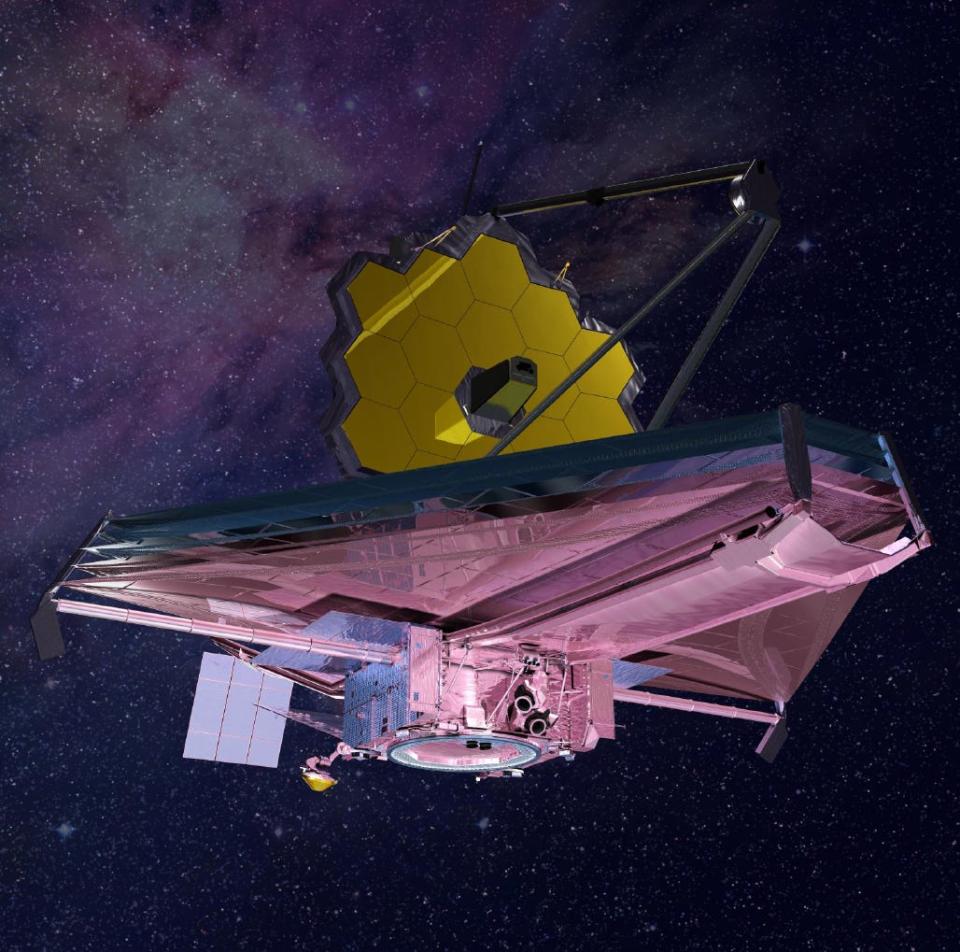

However, Sing said that according to scientific models, WASP 107b’s core is smaller than it should be and is no larger than 4.6 Earth masses.
So clearly astronomers were not seeing the whole picture.
Enter JWST: the most powerful telescope ever launched into space. With this tool, Sing and Welbanks discovered that previous assumptions about the interior of WASP 107b were completely wrong.
Research beneath the surface
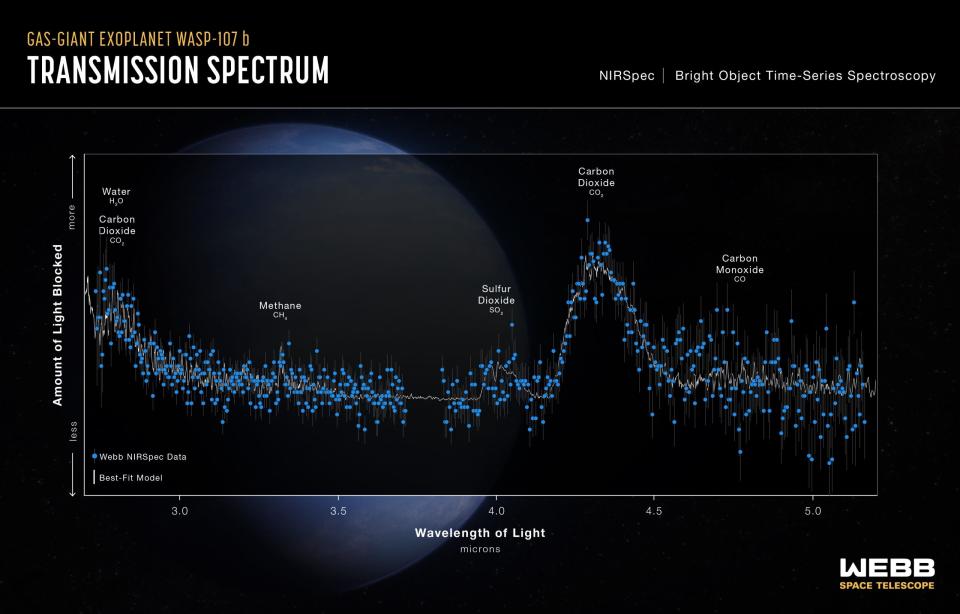

To solve the mystery of WASP 107b, Welbanks and Sing’s teams analyzed the exoplanet’s atmospheric composition with JWST.
Each team identified some of the usual suspects, such as carbon dioxide, sulfur dioxide and water vapor. But to their surprise, they found unusually low amounts of methane.
Methane is unstable at high temperatures. However, WASP 107b’s surface temperature was cold enough that it contained more methane than JWST observed.
Welbanks and Sing concluded that the most plausible answer to this methane mystery was the vigorous mixing of hot gas from the exoplanet’s depths with cooler gas near the surface.
“With these new measurements, we can actually use methane as a thermometer indoors and find that it is much warmer than we expected,” Sing said.
The two teams both published their separate studies in the peer-reviewed journal Nature.
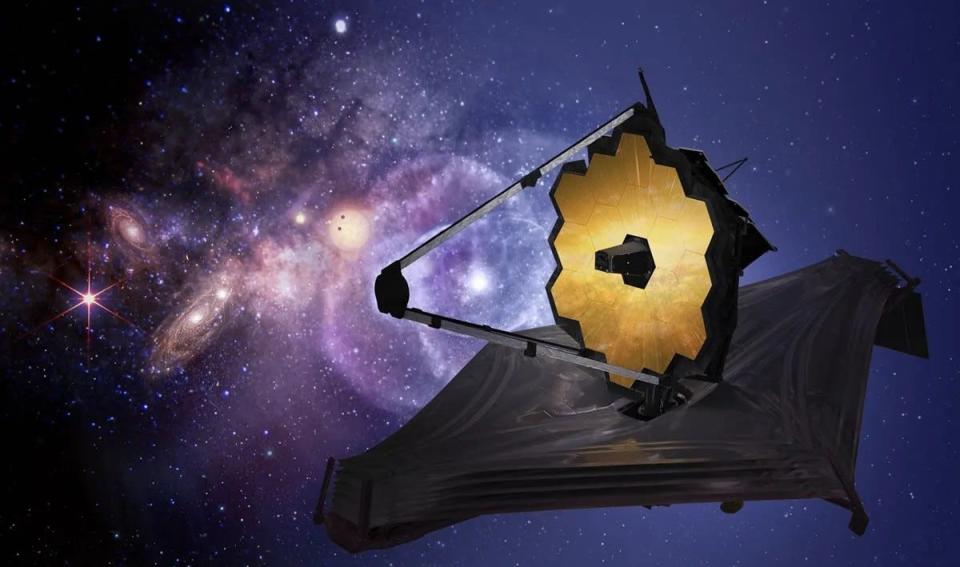

The fact that JWST’s observations suggested that the core was hotter also meant that it was probably much larger, which explains WASP 107b’s large diameter. In fact, both Sing and Welbanks concluded that the core was much larger than original estimates.
However, Welbanks and Sing’s measurements of the core mass differ. While this discrepancy requires further investigation, both studies tell essentially the same story, said Scott Gaudi, professor of astronomy at Ohio State University.
“The fluffiness of this thing is largely due to the high internal temperature,” said Gaudi, a former colleague who was not involved in the research but co-authored Welbanks’ paper.
Collaboration is very important
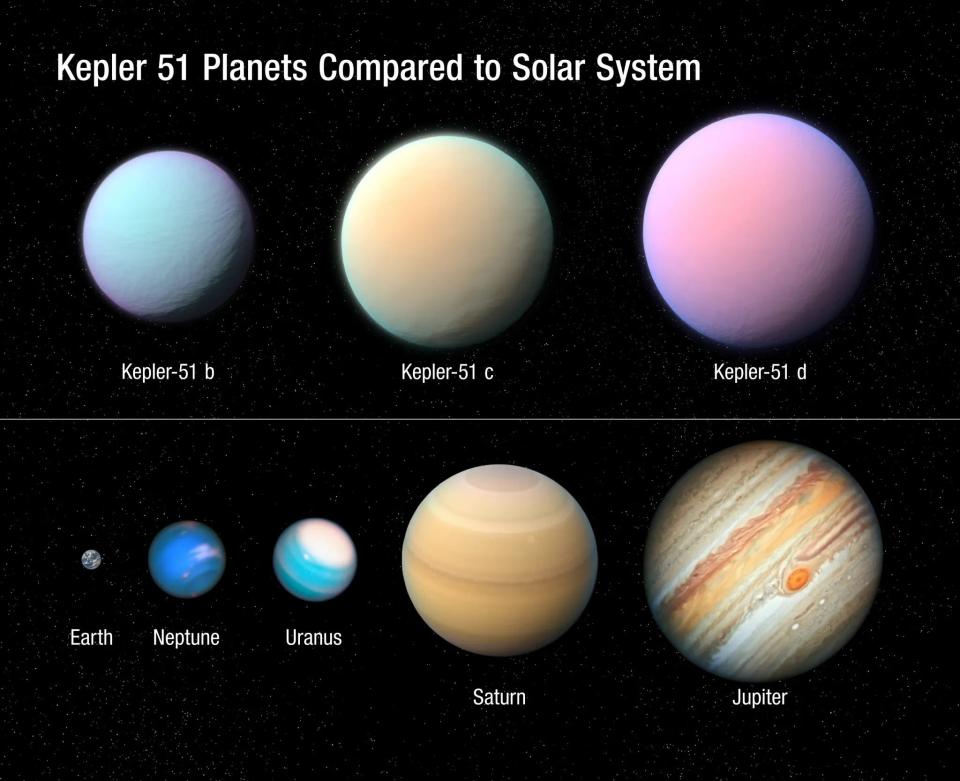

This sharpened picture of WASP 107b’s interior doesn’t mean astronomers have stopped asking questions about this strange superpuff. One remaining question is how the core of this exoplanet is so hot.
“It is unclear what exactly causes this high internal temperature,” Gaudi said. However, Welbanks and Sing have a theory that Gaudi thinks may be true.
WASP 107b’s orbit around its host star is “eccentric,” meaning it is not perfectly circular. Welbanks explained that this eccentric orbit intermittently compresses the planet and “gets hot, just like you play with silly putty in your hands and move it around.”
This heat-producing compression is called tidal heating. Gaudi thinks this is a solid explanation for why WASP 107b’s core is much hotter than expected.
But Gaudi still has some questions about the mechanisms behind this tidal heating.
For WASP 107b’s eccentric orbit to heat its core so much, for example, the core must dissipate tidal heating very efficiently, Gaudi said.
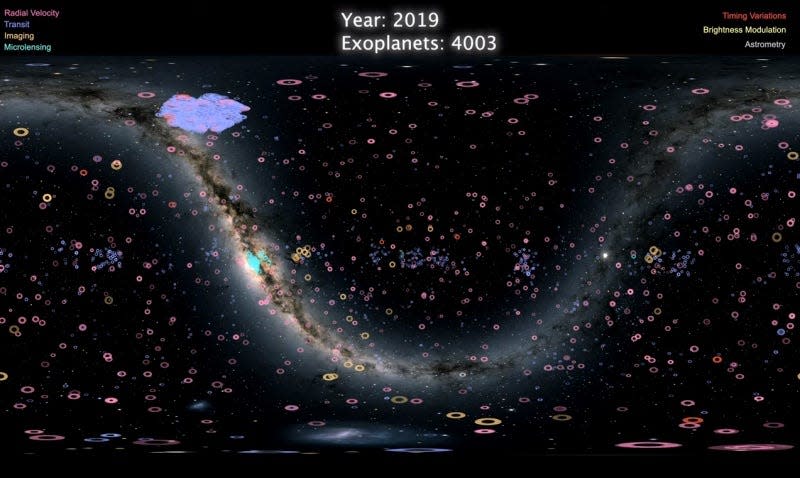

This means that every time the exoplanet is “compressed” as it orbits its star, a lot of energy is deposited into the core. According to Gaudi, this also means that the exoplanet’s orbit should not remain eccentric for too long, eventually becoming completely circular.
So why is WASP 107b’s orbit still eccentric? Did Sing and Welbanks catch it at the right time, or is there something else, such as the gravity of a neighboring planet, favoring the exoplanet’s risky orbit?
Welbanks and Sing plan to investigate WASP 107b’s eccentric orbit, tidal heating, and other remaining questions in the future.
However, according to Sing, Welbanks and Gaudi, the most important lesson to be learned from this study is that collaboration brings success.
“In the age of science where many things cannot be replicated, it was very reassuring that two teams found the same thing immediately,” Sing said.
“When you work together, science is done bigger, better,” Welbanks said.
Read the original article on Business Insider